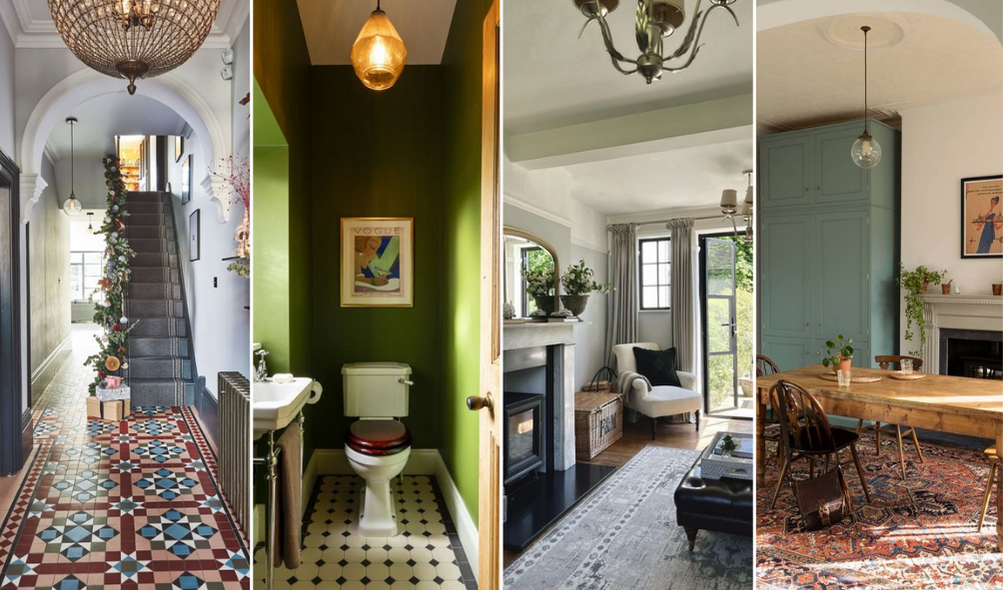
FAQ About Edwardian House Decor

How did Edwardian bathrooms differ from those in previous eras?
Edwardian bathrooms represented a departure from the elaborate and heavily ornamented styles of previous eras, such as the Victorian period. The Edwardian era, spanning from 1901 to 1910, brought about a shift in design sensibilities, influenced by the Arts and Crafts movement and a growing emphasis on cleanliness and hygiene.
Edwardian bathrooms embraced a simpler and more functional design compared to the ornate styles of the Victorian era. Clean lines and a more straightforward approach to design were characteristic of Edwardian bathrooms. White sanitary ware, including sinks, bathtubs, and toilets, became more prevalent in Edwardian bathrooms. This shift was in part influenced by the desire for cleanliness and a hygienic aesthetic. White fixtures conveyed a sense of purity and made it easier to spot any dirt or stains.
Tiled surfaces, particularly white or light-colored tiles, were commonly used in Edwardian bathrooms. Tiled walls, floors, and wainscoting contributed to a clean and easy-to-maintain environment. Tiles often had simple geometric patterns or were arranged in a subway tile layout. Wooden cabinetry in Edwardian bathrooms was typically simple and functional. Freestanding or wall-mounted wooden cabinets were used for storing toiletries and linens. The wood was often light in color, contributing to the overall brightness of the space.
